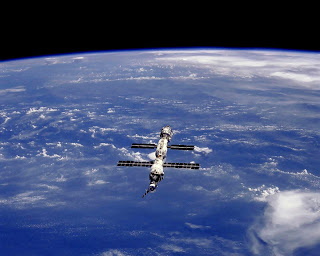 COLORADO SPRINGS, Colorado-The United States is set to start operating a powerful new military communications satellite over the Pacific next week, the first of a planned six-satellite network that will boost data flows 10-fold, the Air Force Space Command said Thursday.On its own, the maiden Boeing Co-built Wideband Global Satellite will provide more capacity for video, data and voice than the entire group of 10 or so satellites it is designed to replace, the command said."We expect to start cutting over operational communications networks from the existing constellation to the new satellite next week," said Air Force Col. James Wolf, chief of the command's military satellite communications division.
COLORADO SPRINGS, Colorado-The United States is set to start operating a powerful new military communications satellite over the Pacific next week, the first of a planned six-satellite network that will boost data flows 10-fold, the Air Force Space Command said Thursday.On its own, the maiden Boeing Co-built Wideband Global Satellite will provide more capacity for video, data and voice than the entire group of 10 or so satellites it is designed to replace, the command said."We expect to start cutting over operational communications networks from the existing constellation to the new satellite next week," said Air Force Col. James Wolf, chief of the command's military satellite communications division.Australia joined the WGS program last year, providing funds that expanded it to include the sixth satellite, which had been an option under a contract awarded to Boeing in January 2001.
Wolf said in an interview with Reuters that the commander of the U.S. Pacific Command, Admiral Timothy Keating, had asked to "take advantage of the increased capacity just as soon as he possibly could."He said he was unaware of any specific event that might have spurred such demand for the satellite, which will be in geostationary orbit over the western Pacific."It's just a matter of they're out of Schlitz in the Pacific and they'd like to have some more," said Wolf, playing on an old commercial tagline, "When you're out of Schlitz, you're out of beer."Wideband Global Satellite is a joint Air Force and Army program intended to provide essential communications services to U.S. forces, allies and coalition partners.Australia's financial contribution gives it access to about 10 percent of WGS bandwidth, or transmission capacity, starting with the first satellite, Wolf said. No figure was immediately available for the cost to Australia.Launched in October, the first satellite must still undergo another three months or so of testing and evaluation even as it starts "real-world" operation, an unusual double duty, he said."And we're able to do that based on how well the satellite has performed until now," Wolf said. Control of the satellite is to be handed Friday to the U.S. Strategic Command, which in turn will transfer it to the Pacific Command.The total cost of a six-satellite Wideband Global Satellite has been projected at $1.8 billion, Joseph Tedino, a Boeing spokesman, said last September.The constellation is due to be fully operational by 2012.The second and third satellites are scheduled to launch in August and December this year, respectively, with the others to be phased in so as to make full use of remaining life of the old Defense Support Communications Satellite constellation.
As in the days of Noah....



















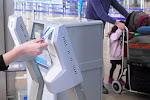


















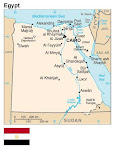


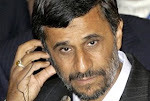





















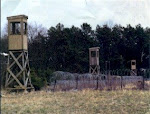















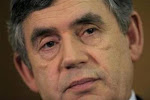






.bmp)

























.bmp)